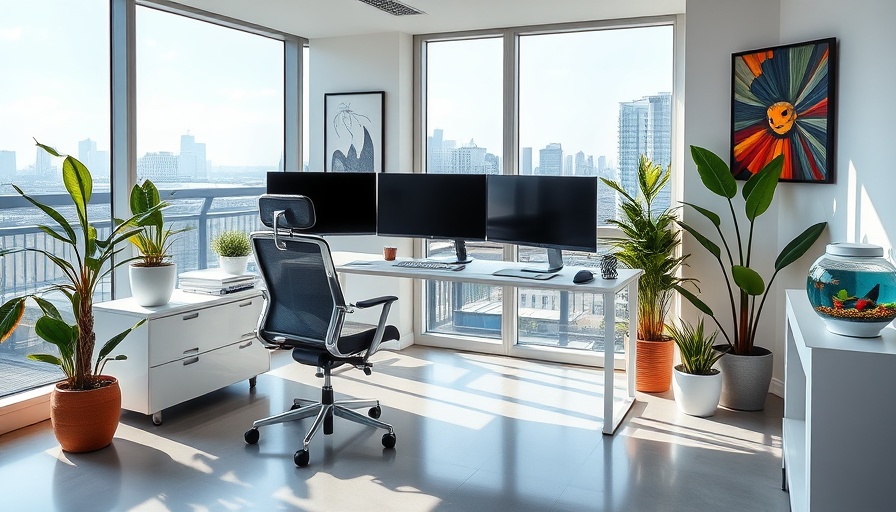
Creating Productive Spaces for Today’s Home and Office
Are you looking to create a workspace that boosts both productivity and comfort? Whether in your home or at the office, designing functional workspaces that elevate environments is crucial for overall well-being. A thoughtfully crafted space doesn't just look nice—it can enhance your mood, creativity, and efficiency. Here are some practical tips to optimize layout, choose the right furniture, and incorporate technology to make your workspace efficient and inspiring.
Maximizing Office Layout: The Key to a Thriving Work Environment
A well-optimized office layout is essential for fostering a productive environment. Factors like natural light, ergonomic furniture, and collaborative spaces contribute significantly to boosting productivity. For instance, modern office designs should promote flexible working styles, catering to both introverts and extroverts alike. By balancing open-plan areas with private spaces, you can create a harmonious workplace experience that enhances employee satisfaction.
Effective Space Planning for Enhanced Workflow
Effective space planning is crucial for maximizing office space and optimizing its use. Key elements to consider include workflow, team dynamics, space requirements, and future expansion needs. For homeowners in Connecticut, utilizing vertical space and adjustable furniture can transform a small home office into an efficient workspace. Implementing a clear labeling system for resources can further streamline workflows, eliminating unnecessary clutter.
Creating Private Spaces for Focused Work
Providing personal workstations or quiet zones significantly contributes to employee morale and overall job satisfaction. For example, incorporating soundproof panels and carpets in shared workspaces minimizes distractions, promoting a focused work environment. Strategic placement of private offices and spaces allows businesses to cater to the varying needs of their teams—supporting both collaboration and focused work.
Designing Flexible Workspaces to Keep Up with Changing Needs
In today's evolving work landscape, adaptable office designs offer flexibility as team needs and tasks change. Important elements for creating flexible workspaces include movable furniture and modular construction. Homeowners can benefit from modular designs that allow for dynamic arrangements depending on the nature of the tasks performed. Such setups encourage collaboration and foster a sense of community within the workspace.
Enhancing Interiors for Greater Well-being
The aesthetic of a workspace is more than just visual appeal. A professional design that prioritizes collaboration and efficiency can vastly improve employee satisfaction and productivity. For instance, workplaces that feature large windows not only promote natural light but also improve mood and morale—essential for anyone working long hours. Investing in professional design services can yield immense long-term benefits for homeowners and businesses alike.
Take Inspiration from Local Trends
Fairfield County, Connecticut, is seeing a rise in designs that emphasize sustainability and wellness, which aligns with contemporary lifestyle choices. Local trends focus on creating harmonious indoor environments filled with natural elements. Homeowners can take inspiration from these local practices, blending function with style to create spaces that cater to personal and professional needs.
Conclusion: Elevate Your Workspace
Transforming your workspace doesn’t just increase productivity; it can lead to greater satisfaction and well-being both at home and in the office. By utilizing effective designs that cater to your specific needs, you will foster an environment that inspires creativity and collaboration. So why not take these insights and start creating a workspace that reflects your unique needs?
 Add Row
Add Row  Add
Add 




Write A Comment